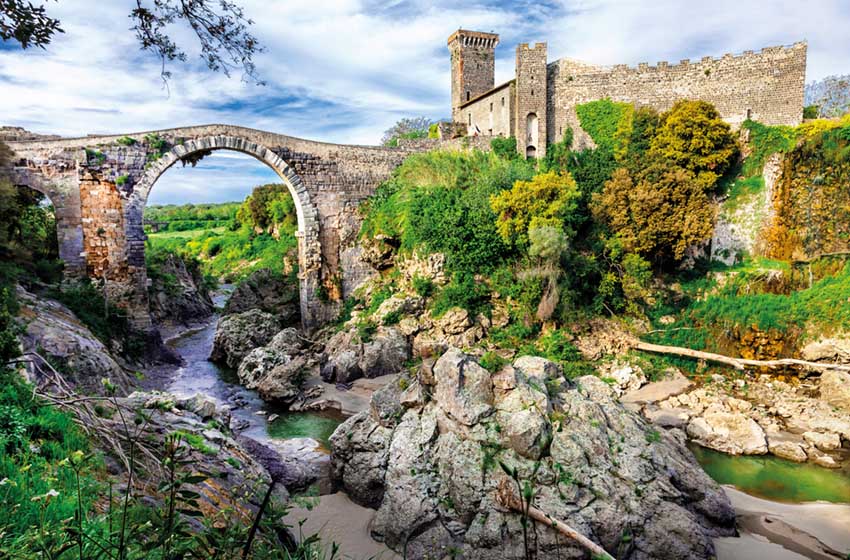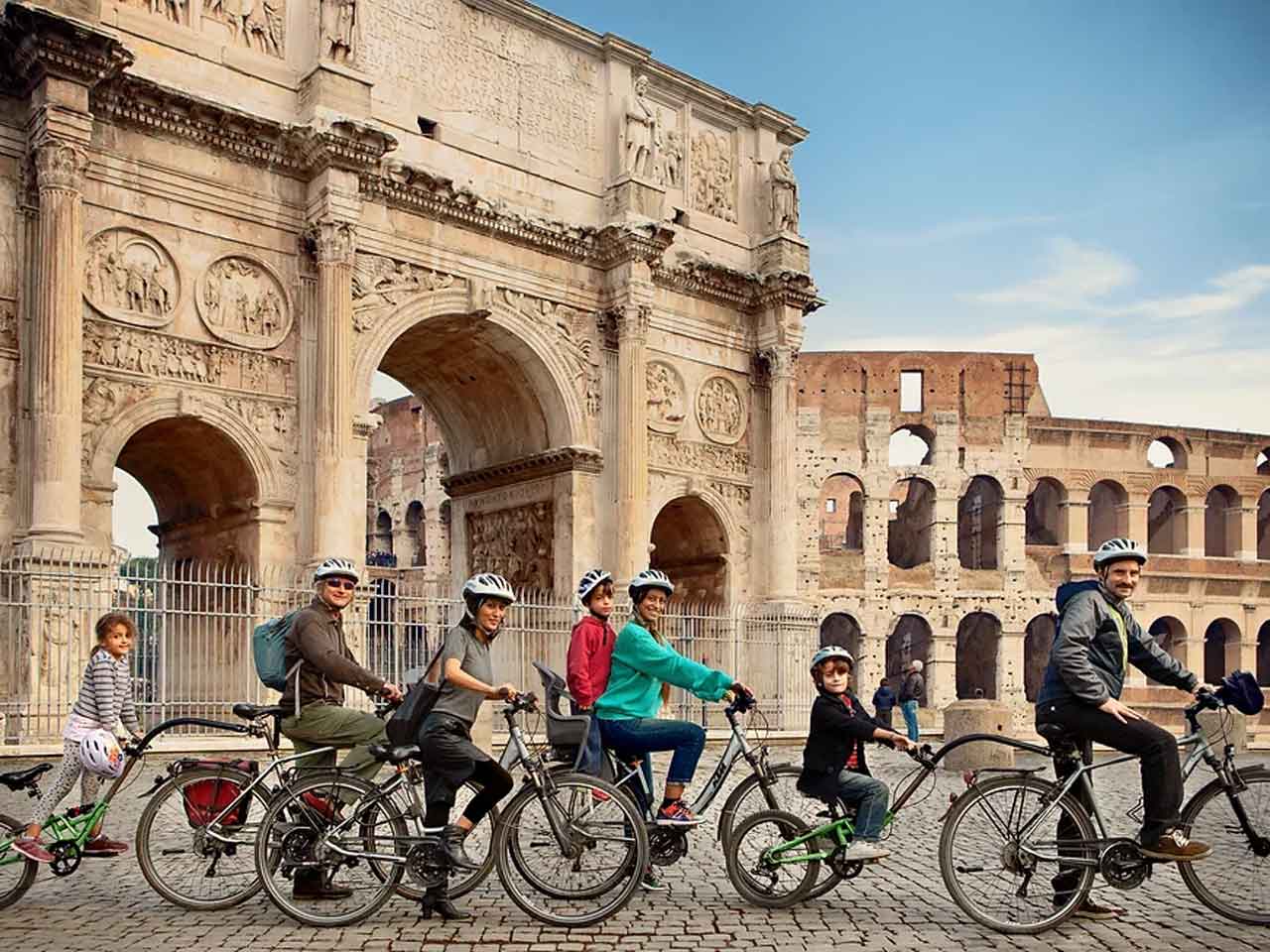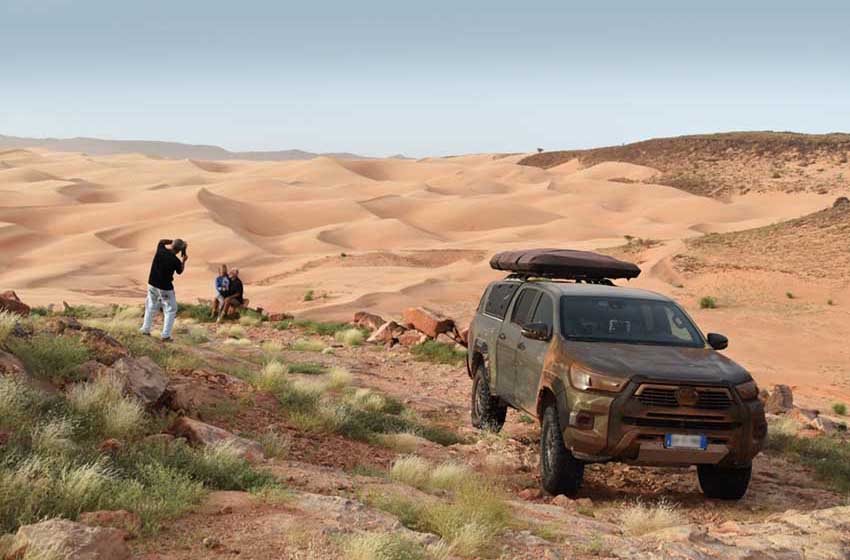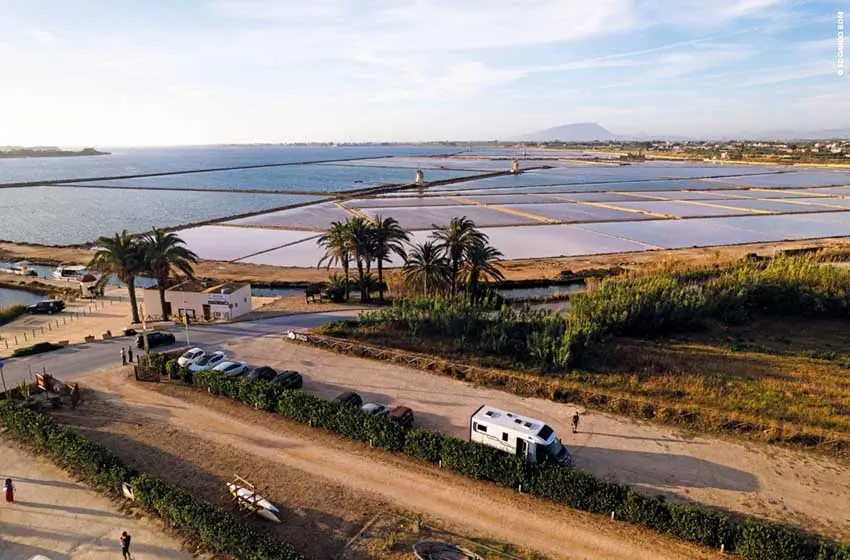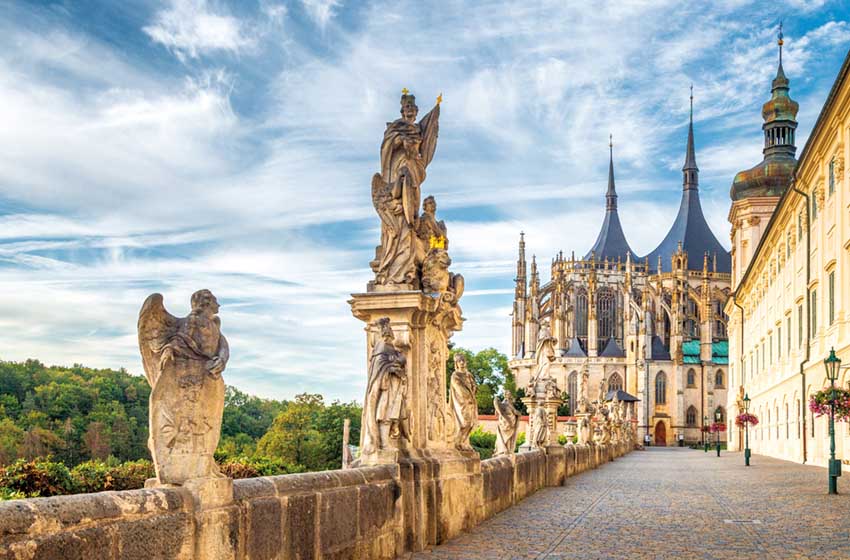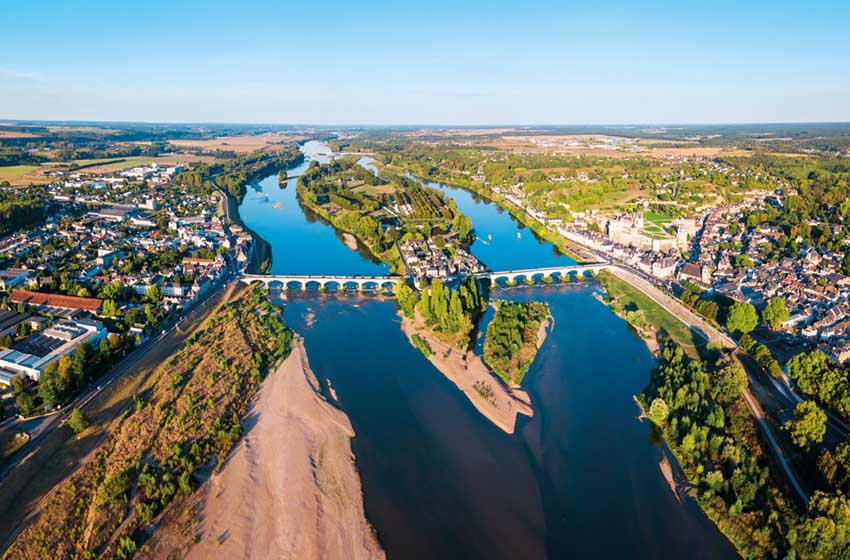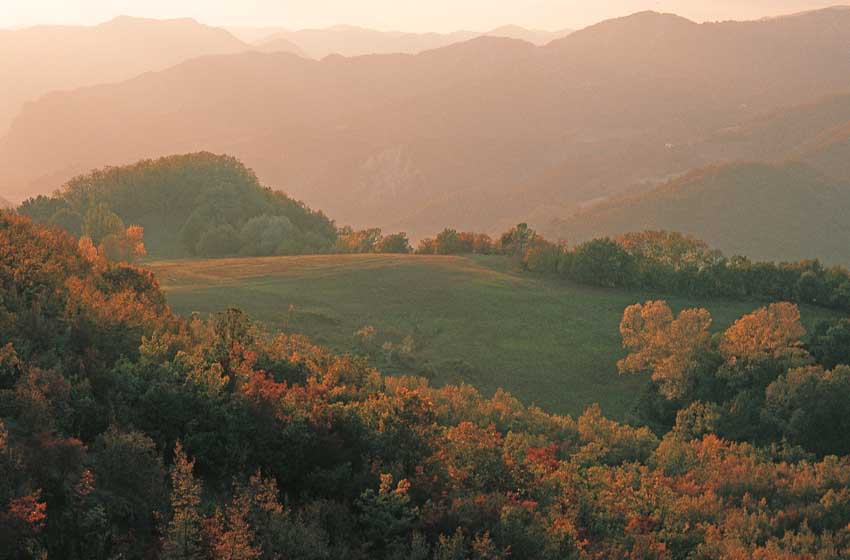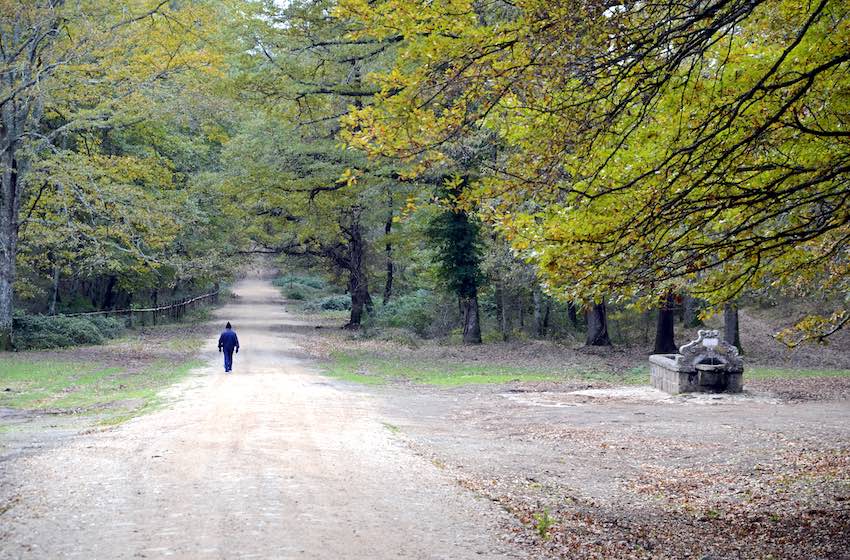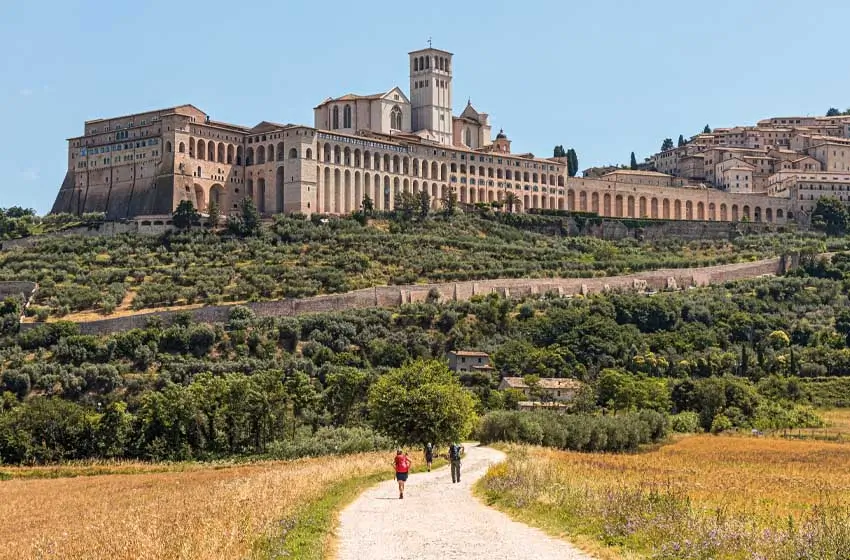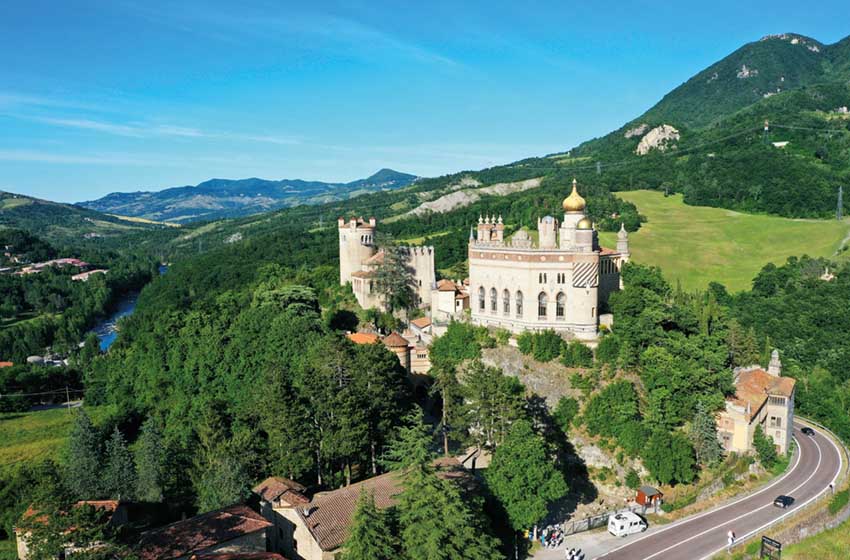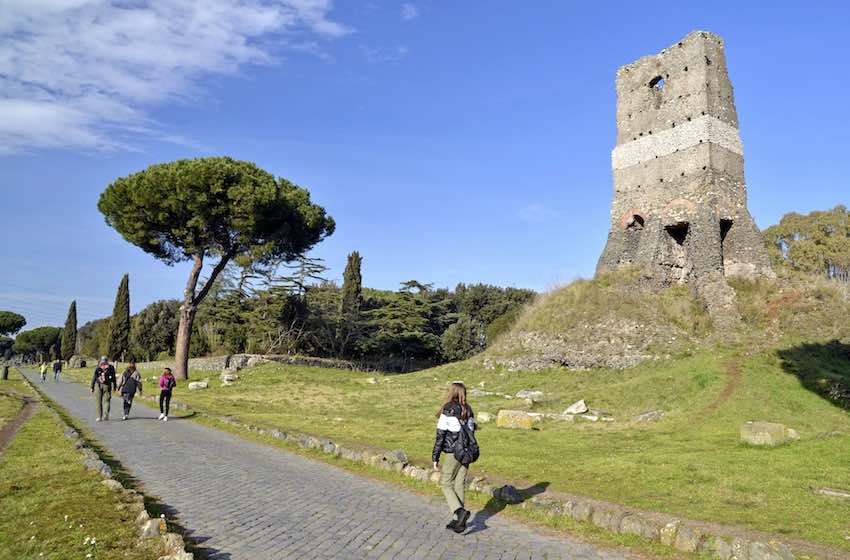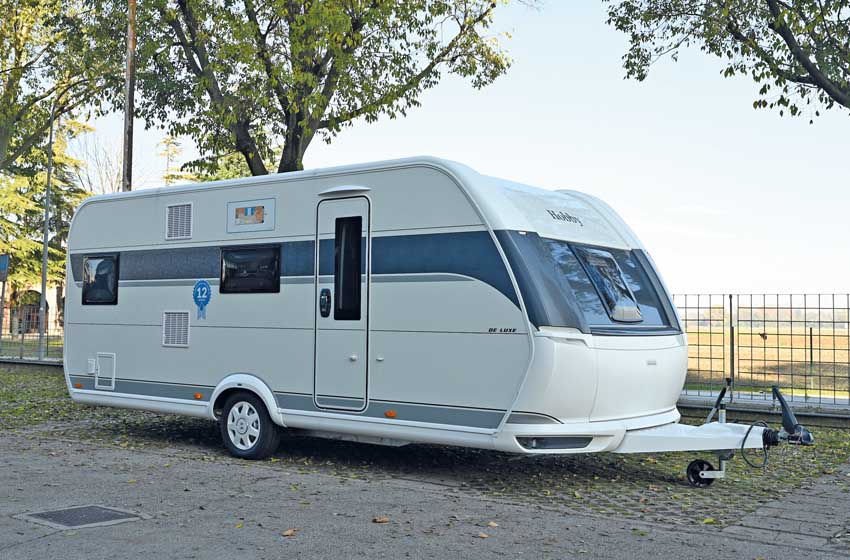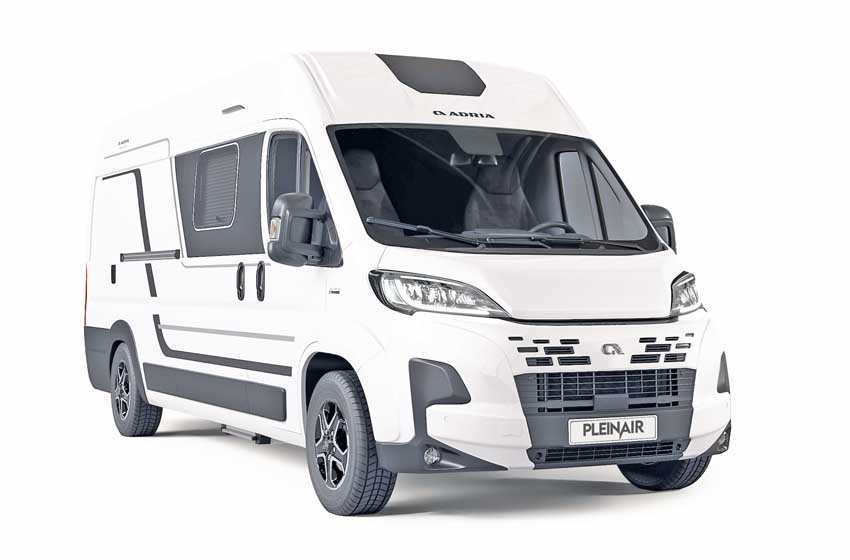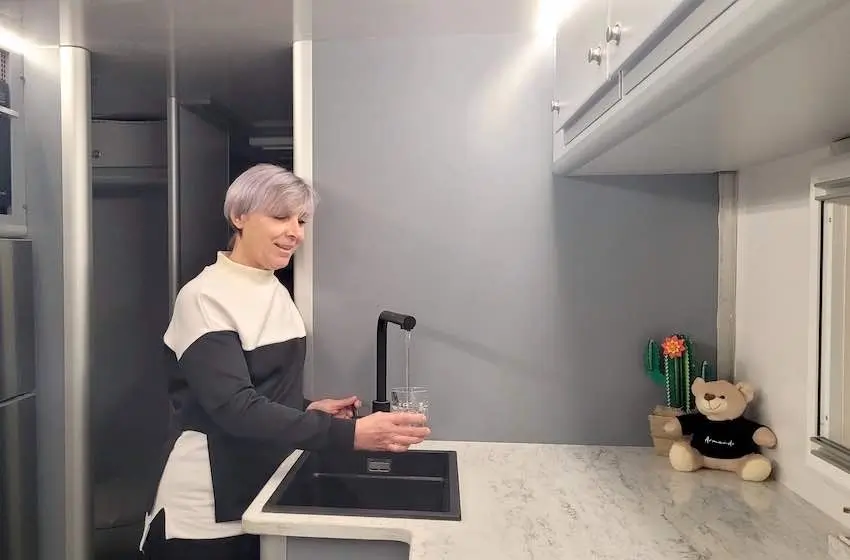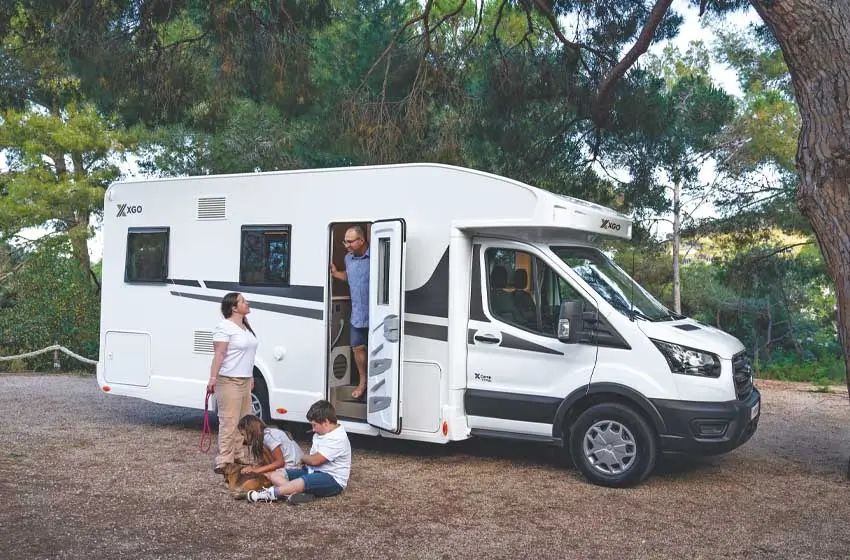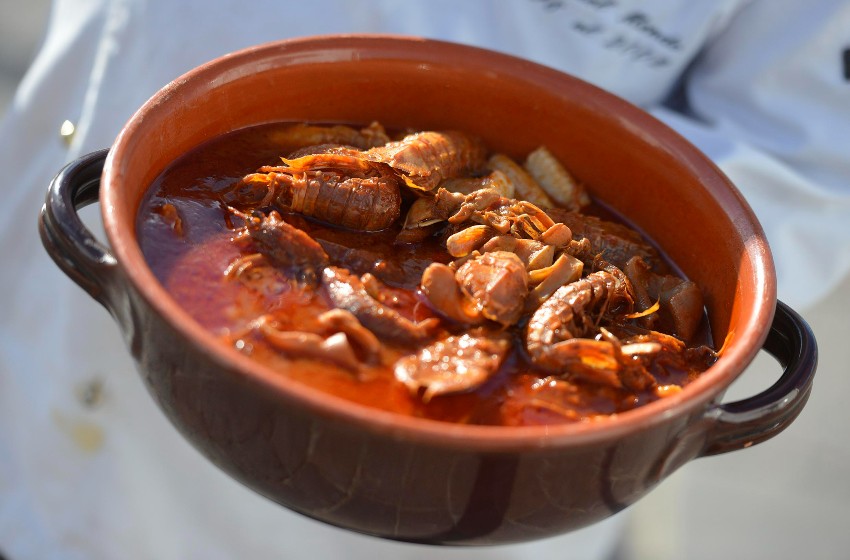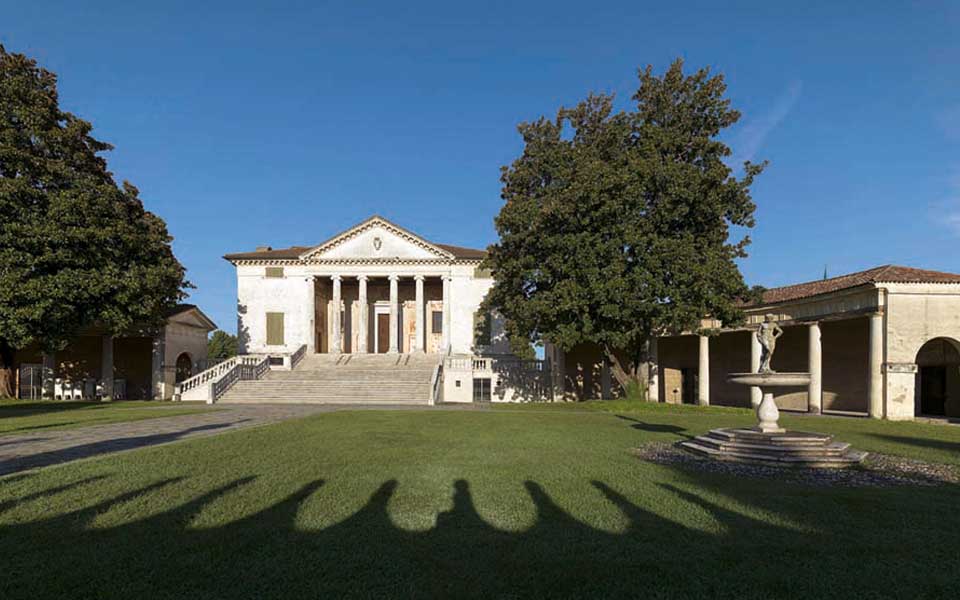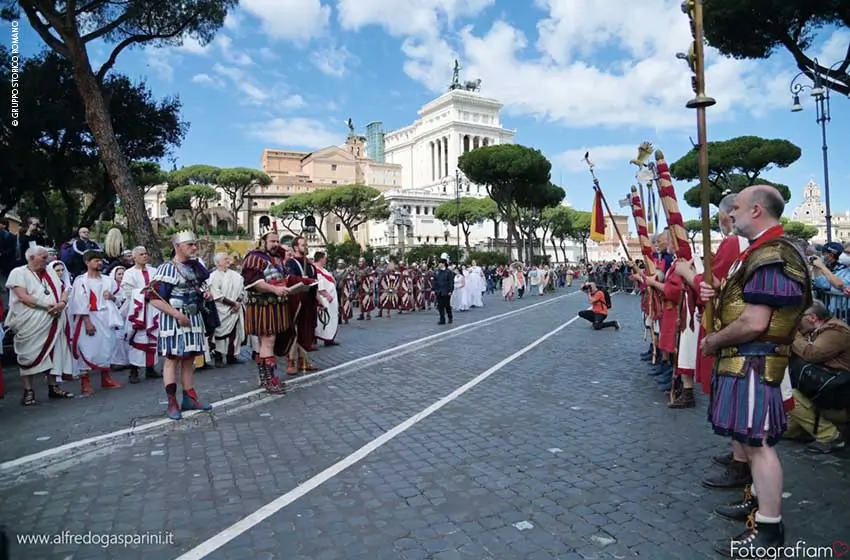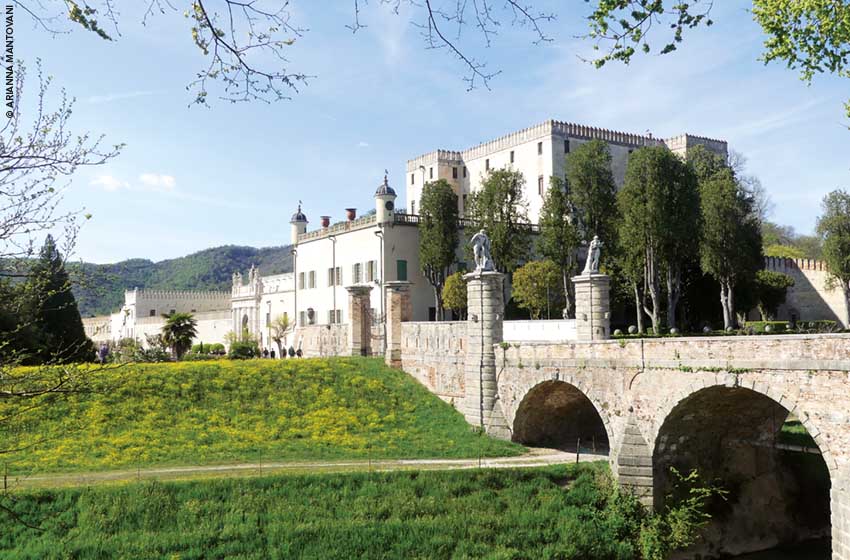The Lazio section of the Via Aurelia offers a journey through two thousand five hundred years of history. We went by camper in Lazio between Vulci, Tarquinia and Cerveteri: here are the stages.
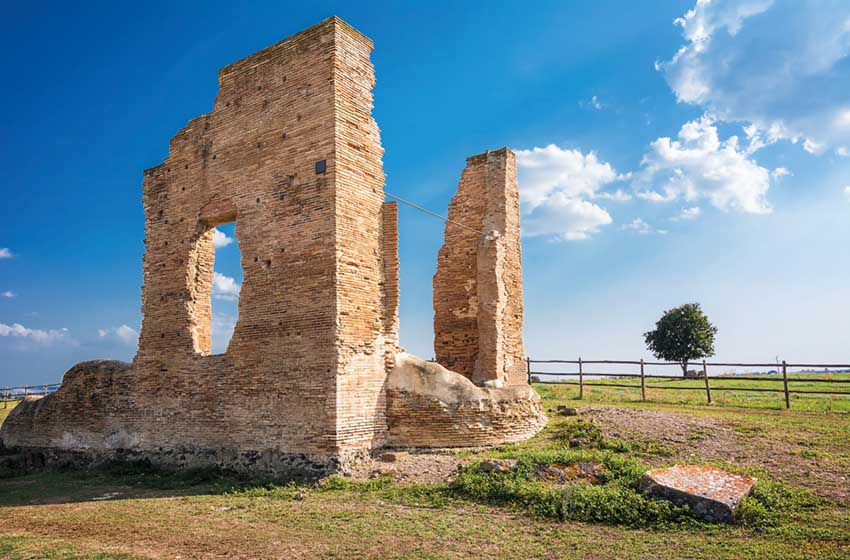
Vulci, the time machine
What is left of one of the most powerful Etruscan cities in the Mediterranean? Why did this fascinating people, capable of developing an incredibly advanced and liberal social system, disappear in such a mysterious way? Driving my camper along the Via Aurelia towards Rome, I have the answer to at least the first of the two questions within reach of my steering wheel. Between Capalbio and Montalto di Castro I follow the signs for the Vulci Archaeological Naturalistic Park and after a few kilometers of driving through the countryside of the Maremma Laziale I enter a dirt road that leads to the parking lot and the ticket office.
 Discover the agreement at the Vulci Archaeological Park reserved for PLEINAIRCLUB members
Discover the agreement at the Vulci Archaeological Park reserved for PLEINAIRCLUB members
Then it will be like diving into a watercolor that has escaped from the memory album of a traveler on the Grand Tour. There are two circular routes, two and four kilometers long. I take them and wander among the monumental remains of the ancient Etruscan-Roman city, I put a foot on a stretch of paving, I cast a glance at the ruins of the Devil's Bridge. I stop in front of the Pellicone pond, formed by a small jump of the Fiora river, surrounded by an amphitheater of basalt rocks: the same ones used for the basolato, the ancient Roman pavement. A famous scene from the film “Non ci resta che piangere” with Roberto Benigni and Massimo Troisi was filmed here.
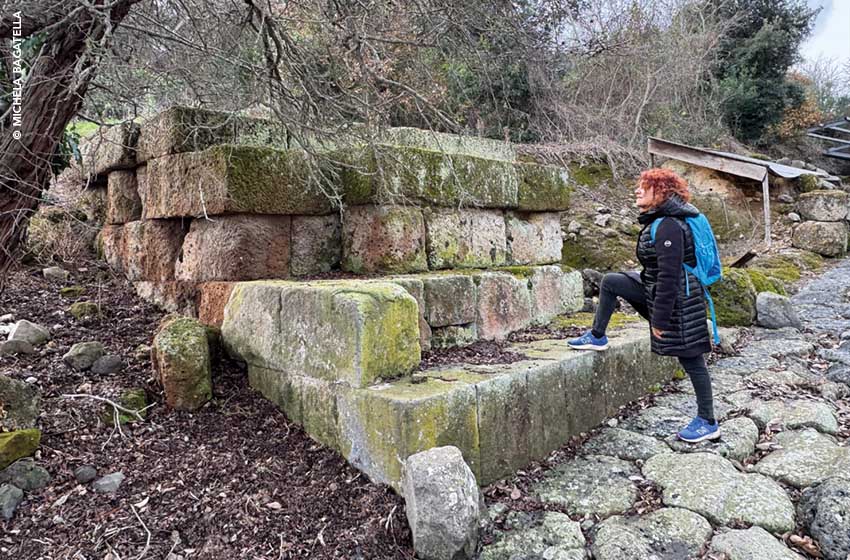
The François Tomb and the Archaeological Museum
I stop at the François Tomb, one of the most famous monuments of the Etruscan civilization, whose frescoes were transferred to Villa Albani in Rome in 1863. The route culminates in the Castello dell'Abbadia, founded in the XNUMXth century as a Benedictine abbey dedicated to San Mamiliano and subsequently transformed in the XNUMXth century. Inside the Archaeological Museum of Vulci, established in 1975, displays a rich collection of finds from prehistory to Roman times. Before getting back on the road, stop at the nearby Casale dell'Osteria restaurant, which has parking.
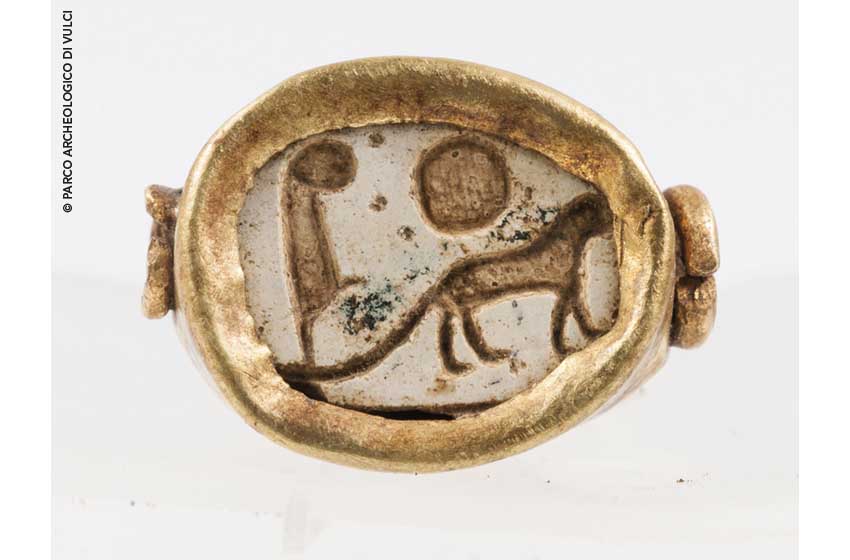
Vulci told by the director Carlo Casi
I meet the director of the Vulci Archaeological Park, Carlo Casi, who enlightens me by telling me various aspects of the history of this area. I discover that Vulci or Volci for the Latins, Olkion for the Greeks and Velci or Velx for the Etruscans themselves, was perhaps the most flourishing of the Etruscan cities and controlled for many years the territory that goes from the Tyrrhenian Sea to the slopes of Amiata and from the Uccellina mountains to the Arrone torrent.
Read the itinerary among the villages of Tuscia Viterbese
History
The extraordinary prosperity achieved by the city between the 10th and 3rd centuries BC was followed, after the conquest of Rome, by a clear reduction in the urban area and the administered territory, which led to the complete disappearance of the city at the beginning of the Middle Ages. From this moment on, all traces of Vulci were lost. Only in the second half of the 15th century did the Dominican scholar Annio da Viterbo propose to recognize the place of the disappeared city in the locality of Pian de' Voci, on the right bank of the Fiora.
An example of landscape conservation
This total abandonment has allowed the environment (including the structures present there) to be preserved in the best possible way, giving us a landscape that has remained practically unchanged since then. This unusual preservation is perhaps the greatest wealth of Vulci. Unfortunately, the appetites of many unscrupulous people have given rise and substance to what has been defined as the great raid, which began at the beginning of the nineteenth century, when the very rich tombs of the ancient inhabitants began to be violated. The trade in these finds was so important and widespread that testimonies of Vulci are exhibited in all the most important museums in the world, which continued to purchase unduly until a few years ago.
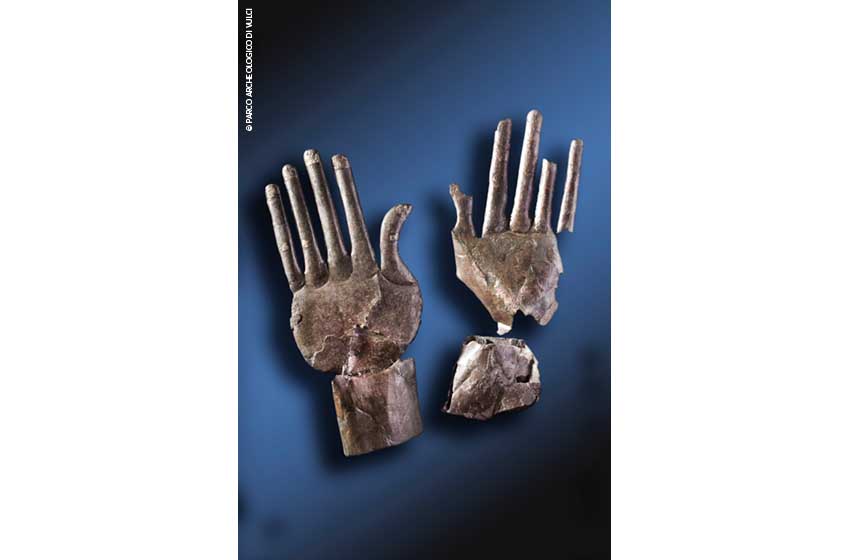
The birth of the park and the new course
The recent birth of the Archaeological and Naturalistic Park and the legal cases in which the largest international traffickers have incurred have meant that a new course has finally begun for Vulci. Today the site represents a wonderful integration between nature and culture, between history and archaeology, thanks to the uncontaminated environment and rich in scenic landscapes that allow tourists to carry out an immersive visit among the excavations in progress, making them relive sensations dating back to the Etruscan era. For this reason, some have defined the Vulci Park as a Time Machine.
Read the camper itinerary around Lake Bracciano
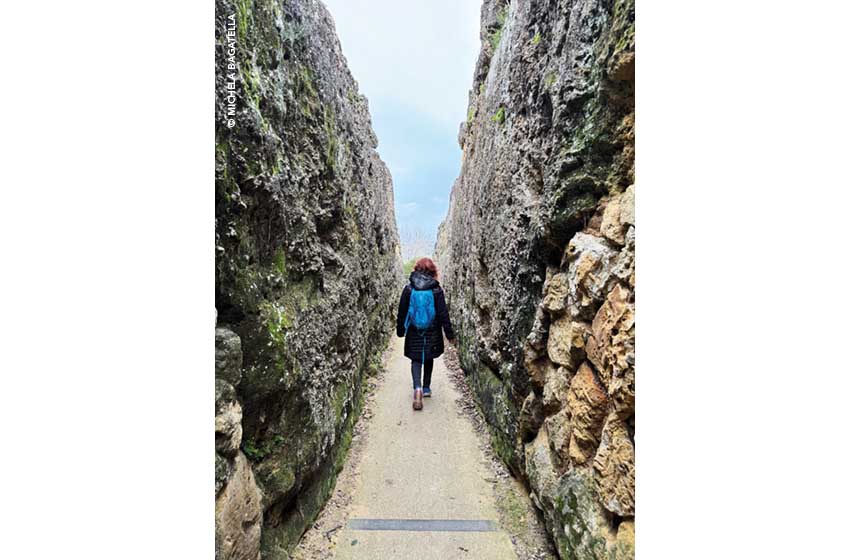
Tarquinia
We continue our camper trip in Lazio between Vulci, Tarquinia and Cerveteri. Are you familiar with Stendhal syndrome, that feeling of fainting that the sight of an art masterpiece gives? Something similar could take hold of you during the visit to Necropolis of Monterozzi of Tarquinia. A short distance from the walls of the old city, the frescoed tombs of the archaeological area make up an amazing underground art gallery, considered one of the most important testimonies of classical art from the pre-Roman period in the Mediterranean. A unique heritage that has spanned the millennia, giving us a vivid and precious image of the daily life of the Etruscans and their customs.
The connection with Cerveteri
A double thread connects this place to the tumuli of Cerveteri, about fifty kilometers further south. Together they make up the Unesco site Etruscan Necropolis of Cerveteri and Tarquinia, the main cemeteries of the ancient city-states to which most of the archaeological discoveries related to this civilization are linked. An additional reason to visit both is the possibility of accessing them with a single ticket - valid for four months - which includes entry to the respective archaeological museums.
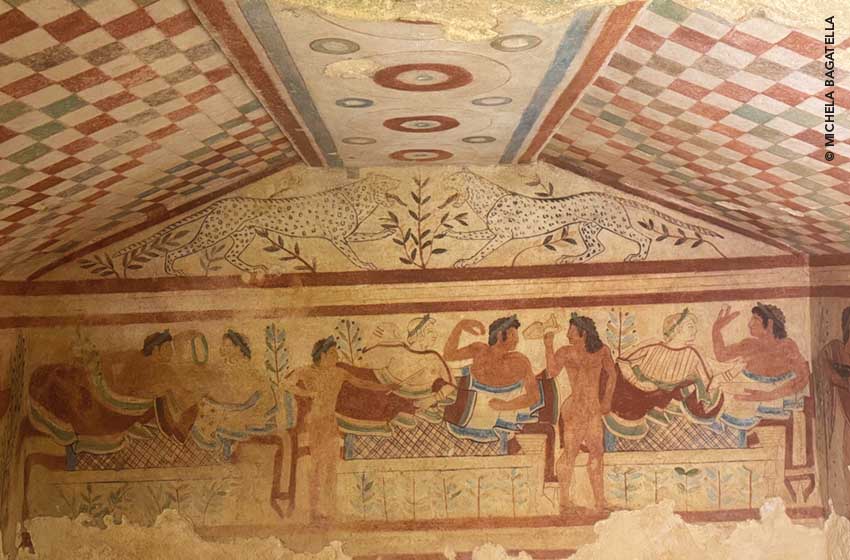
The Monterozzi Necropolis, the must-see stops
- Tomb of the Leopards It features scenes of men and women engaged in a banquet. It takes its name from the two animals depicted at the top.
- Tomb of the Warrior It is distinguished by the figure of an armed warrior, depicted in a dominant position that captures attention.
- Tomb of the Lionesses It depicts female figures intent on dancing or playing musical instruments. The scene is actually dominated by two panthers, animals sacred to Dionysus.
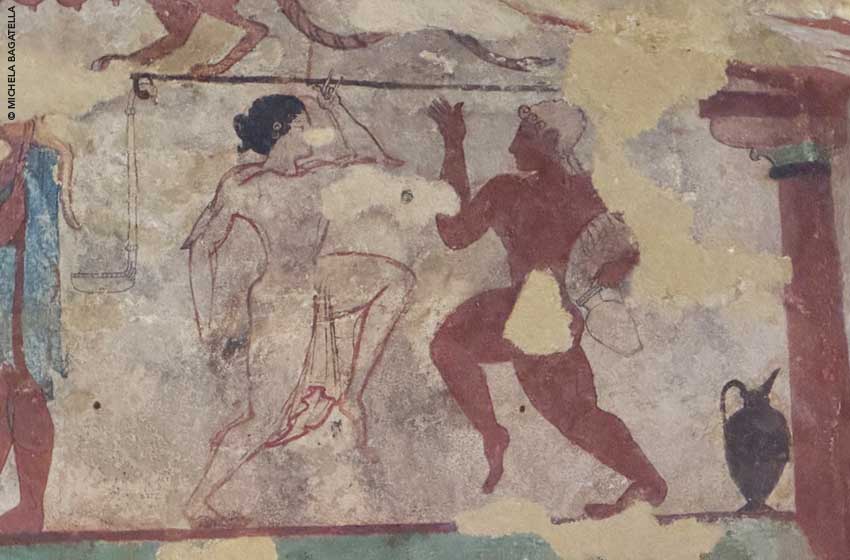
- Lotus Flower Tomb It owes its name to the ceiling decorated with a large lotus flower, a symbol of purity and rebirth.
- Tomb of Hunting and Fishing Famous for its frescoes depicting scenes of animal and fish capture.
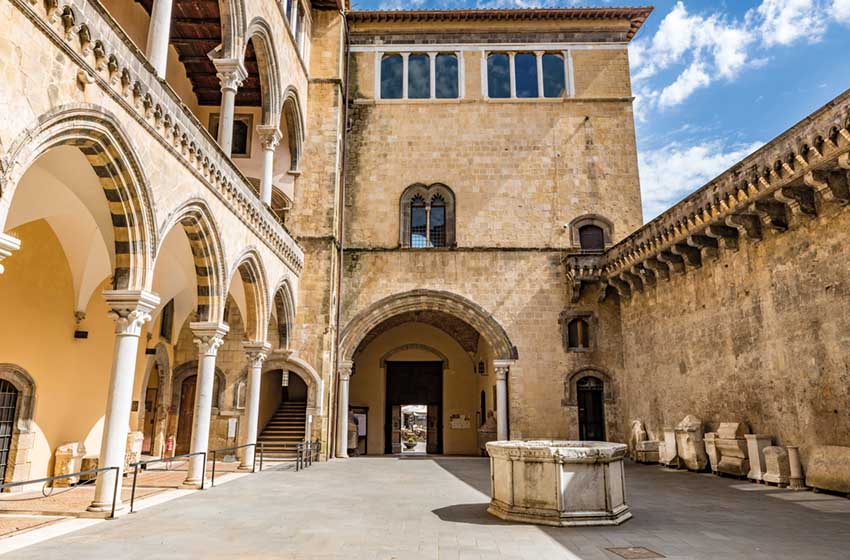
The National Etruscan Museum
Stendhal syndrome will return with force crossing the threshold of National Etruscan Museum housed in the 15th-century Palazzo Vitelleschi, which dominates Piazza Cavour. From the ground floor to the upper rooms, you wander among reproductions of tombs with their painted sarcophagi, a collection of vases, amphorae and other decorated ceramic objects and refined gold and amber jewelry.
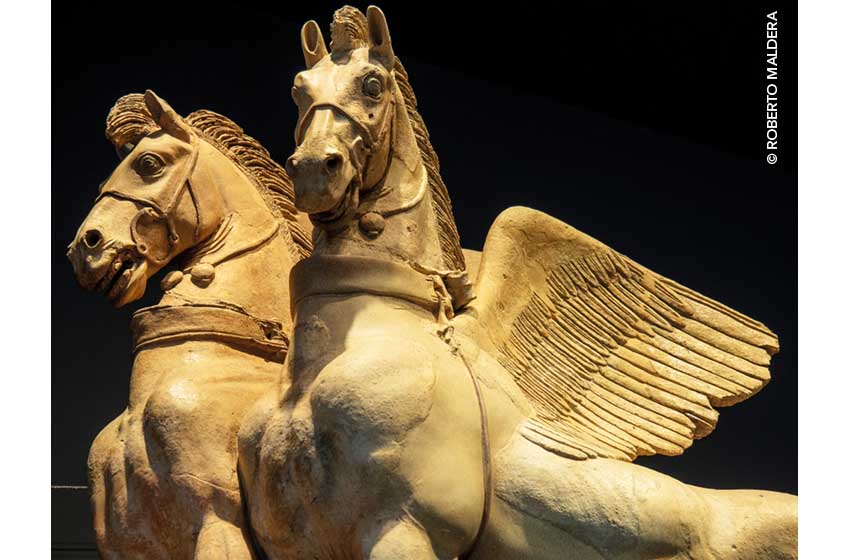
Among the sculptures stands out the bas-relief of the Winged Horses discovered in 1938 in the archaeological area of the Sanctuary of the Ara della Regina (end of the XNUMXth century BC). Placed in a special room that offers an idea of its original position thanks to the graphic reconstruction of the context, it depicts two winged horses in profile, one next to the other, symbols of union between the earthly and divine worlds. Before continuing the camper trip in Lazio between Vulci, Tarquinia and Cerveteri there are other things to see in Tarquinia.
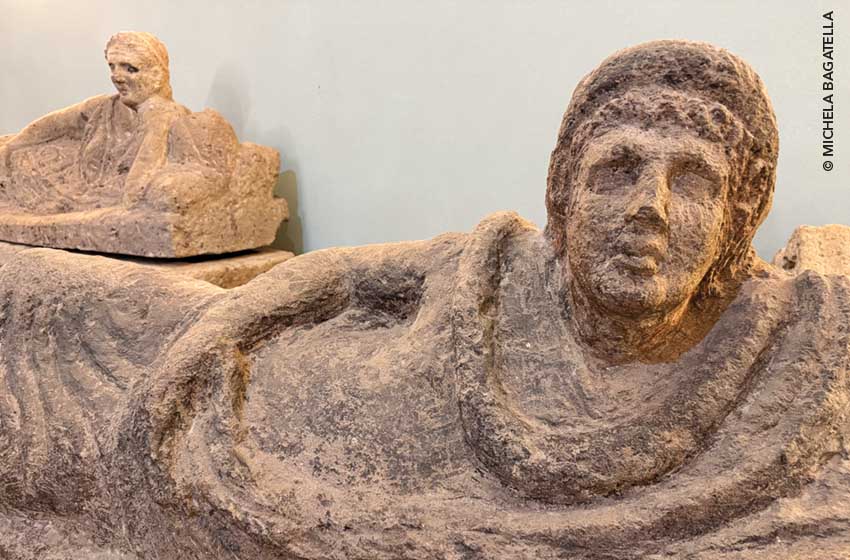
What else to see in Tarquinia
- Visit the medieval core characterised by narrow alleys, noble buildings – including the current Town Hall – and Romanesque churches.
- Go to the Tarquinia salt mines, commissioned by Pope Pius VI in the 18th century to supply the city of Rome with salt. Protected by a coastal reserve, this wetland includes a large variety of resident and migratory birds, including a colony of pink flamingos.
- Enjoy the sea at Lido di Tarquinia, a seaside resort that preserves traces of the ancient fishing village, with its characteristic low, colourful houses.
Along the Via Aurelia between Tarquinia and Cerveteri
The camper trip in Lazio between Vulci, Tarquinia and Cerveteri follows the direction of the Via Aurelia, ideally tracing the ancient Roman consular road that connected Rome to Gaul. This ancient highway was built in the 3rd century BC by the consul Gaius Aurelius Cotta to connect Rome to Caere, today's Cerveteri. There is no shortage of reasons to stop along the way.
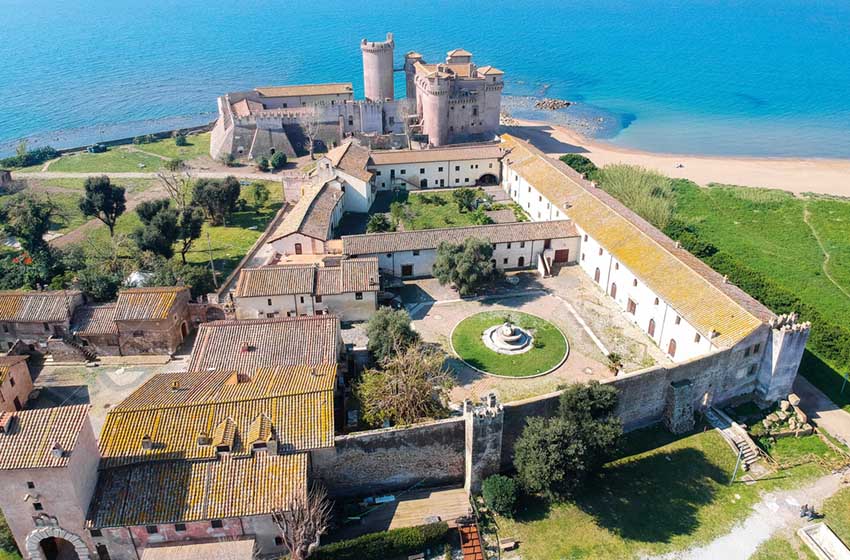
- Civitavecchia Port of primary importance for the Capital, where the Forte Michelangelo stands out, an imposing Renaissance fortress designed by Michelangelo.
- Le Ficoncella thermal baths, also appreciated by campers for the convenient parking options.
- The beaches of Santa Marinella, a sought-after seaside resort with elegant Art Nouveau villas.
- Il Santa Severa Castle, in a fantastic seafront position, whose history begins with the ancient Etruscan city of Pyrgi, which was later superimposed by a Roman castrum and a medieval village. Today the site hosts the Sea Museum of Ancient Navigation, a hostel and spaces for cultural events.
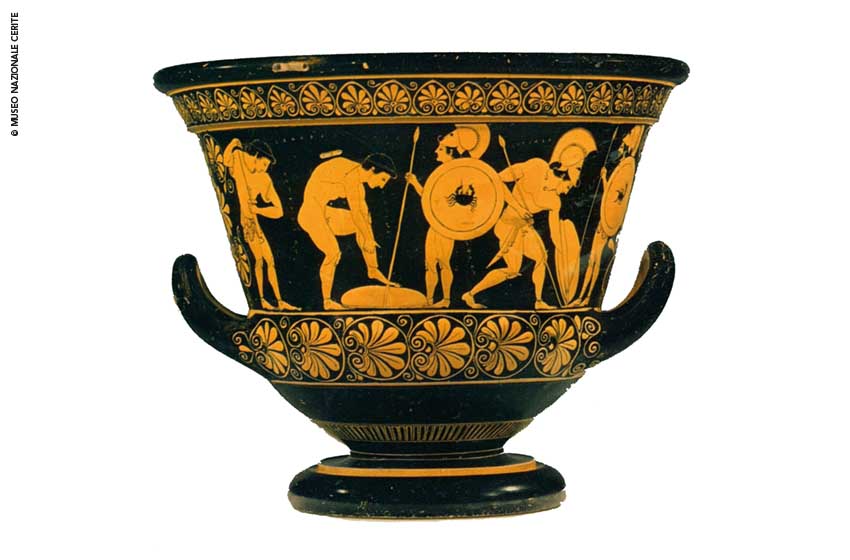
Cerveteri, in the city of the living
The last stop of the camper trip in Lazio between Vulci, Tarquinia and Cerveteri, takes us straight to Piazza Santa Maria with the sixteenth-century Ruspoli Castle, where you can visit the main floor with the famous loggia. Go to the church of Santa Maria Maggiore, whose original nucleus dates back to the 11th century. In front of the Ruspoli Castle, don't miss the Cerite National Museum enriched by two extraordinary finds. These are the Crater and Kylix of Euphronios, two Attic red-figure ceramics from the 5th century BC, stolen during illegal excavations in the Cerveteri area, taken abroad and finally returned to the Italian state and placed in the museum of the Lazio town.
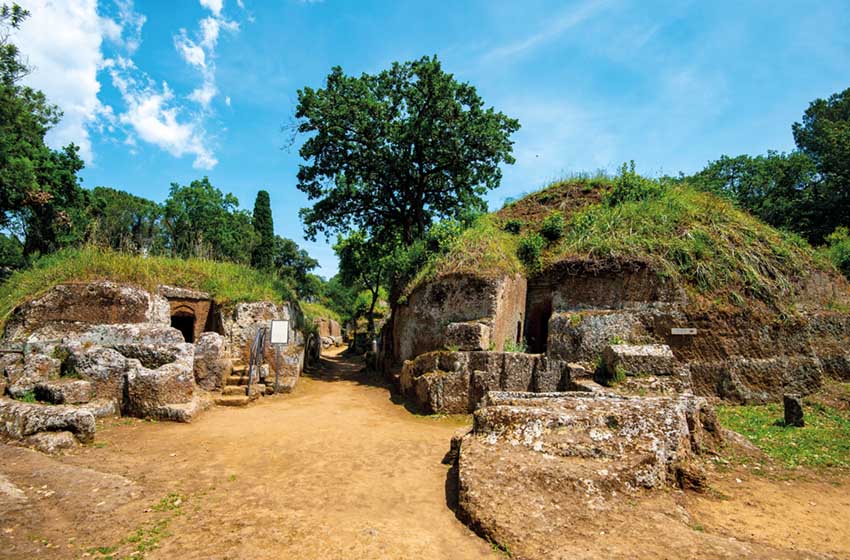
The Banditaccia necropolis
An excellent introduction to appreciate the experience through the Banditaccia Necropolis, a short distance from the center, with a large dirt parking lot also suitable for large campers. According to studies, this burial ground had a layout similar to an urban center. To get a sense of it, just walk along the parallel streets interspersed with clearings on which there are mounds of various types and sizes, dating back to the Villanovan and Hellenistic periods, or between the 9th and 2nd centuries BC.
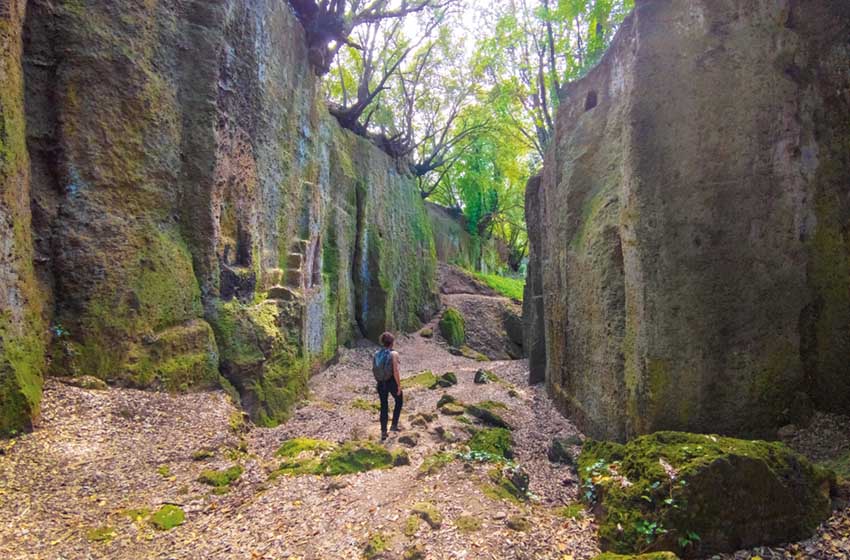
The Way of the Underworld
Once you leave the gates of the necropolis, the wonder continues in a vast archaeological area without an entrance fee, composed of various sectors whose cleaning and maintenance is guaranteed thanks to the work of some groups of volunteers. The scenographic Necropolis of the Laghetto, overlooking the precipice of the Fosso del Manganello, contains around five hundred tombs of various types. Shortly after, the The Way of the Underworld, an ancient Etruscan hollow road immersed in vegetation onto which various tombs open in a unique context that is truly surreal.
The ring of the San Giuliano waterfalls
The San Giuliano waterfall ring starts here, an easy five-hour trek that goes up the Fosso della Mola and the suggestive lakes formed along its course. Once you have retraced your steps, the view of the sunset towards the sea will end your camper trip in Lazio between Vulci, Tarquinia and Cerveteri in style, discovering landscapes and ancient testimonies of the Maremma Laziale.
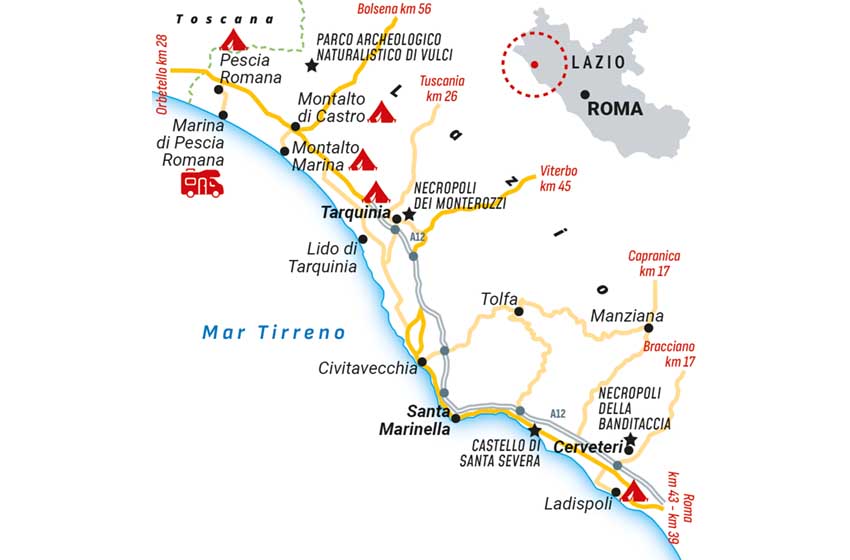
Useful Information
Where to stop
- Montalto di Castro Camping Pionier Etrusco, Via Vulsinia, tel. 0766 802807, www.campingpionieretrusco.it.
Go to the discount reserved for PLEINAIRCLUB members
- Montalto Marina Camping Gitavillage California, Le Casalette, tel. 0766 802848, californiacampingvillage.com.
View the discount reserved for PLEINAIRCLUB members
- Roman Pescia Camping Gitavillage Club degli Amici, Paglito Grande, tel. 0766 830250, clubdegliamicicampingvillage.com.
Discover the discount reserved for PLEINAIRCLUB members
- Marina of Pescia Romana Il Prato rest area, Strada del Tirreno, tel. 333 4627918.
See the discount reserved for PLEINAIRCLUB members
- Tarquinia Camping Village Riva dei Tarquini, Via Aurelia km 102, SP Litoranea km. 2/5, tel. 0766 814027, www.rivadeitarquini.it.
Go to the discount reserved for PLEINAIRCLUB members
- Ladispoli Gotha Beach, Via Roma 125/129, www.gothabeach.it.
Discover the discount reserved for PLEINAIRCLUB members

What to visit
- Montalto di Castro Vulci Natural Archaeological Park, tel. 0766 89298, info@vulci.it (GPS 42°25'25.1”N 11°37'37.7”E). Open Tuesday to Sunday from 8.30:19.30 to 18:30 (last admission at XNUMX:XNUMX). Closed on Mondays. Large parking lot suitable for campers, not equipped and not guarded, near the ticket office. The site includes the Vulci Archaeological Museum housed in the suggestive Castello dell'Abbadia.
Discover the agreement reserved for PLEINAIRCLUB members
- Tarquinia Cerveteri and Tarquinia Archaeological Park – Monterozzi Necropolis, Via Ripagretta, tel. 0766 856308, pact.cultura.gov.it/necropoli-dei-monterozzi-di-tarquinia. There is a paid parking lot in front of the entrance, on the opposite side of the street. A single ticket valid for four months (costing 18 euros) allows access to the four PACT sites: the necropolises of Cerveteri and Tarquinia and the archaeological museums of the respective cities (pact.cultura.gov.it/orari-tariffe-e-abbonamenti).
- National Archaeological Museum of Tarquinia – Palazzo Vitelleschi, Piazza Cavour 1/a, tel. 0766 856036. The museum offers guided tours, a bookshop and a café.
- Santa Marinella Santa Severa Castle, SS1 km 52+600. Large paid parking lot. Among the points of interest is the Museum of the Sea and Navigation, divided into seven rooms that house over one hundred finds.
- Cerveteri Ruspoli Palace, Santa Maria Square, castelloruspolicerveteri.com.
- Cerite National Archaeological Museum, Piazza Santa Maria, pact.cultura.gov.it/museo-archeologico-nazionale-cerite.
- Banditaccia Necropolis, Via della Necropoli, cultura.gov.it/luogo/necropoli-della-banditaccia.

